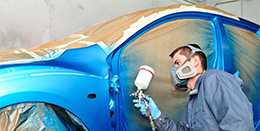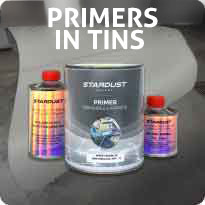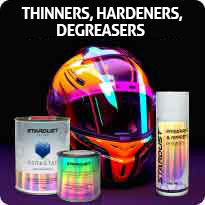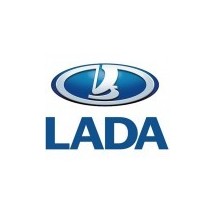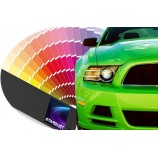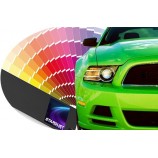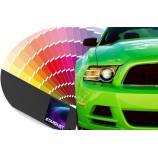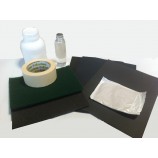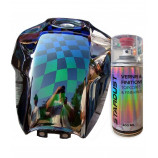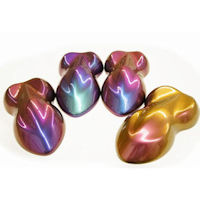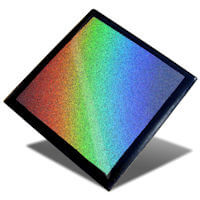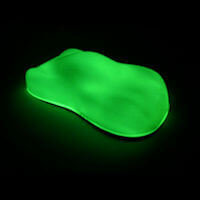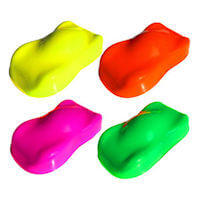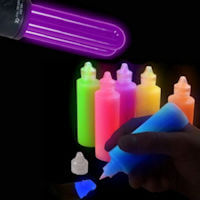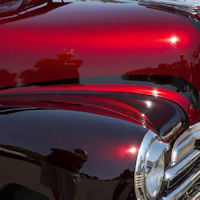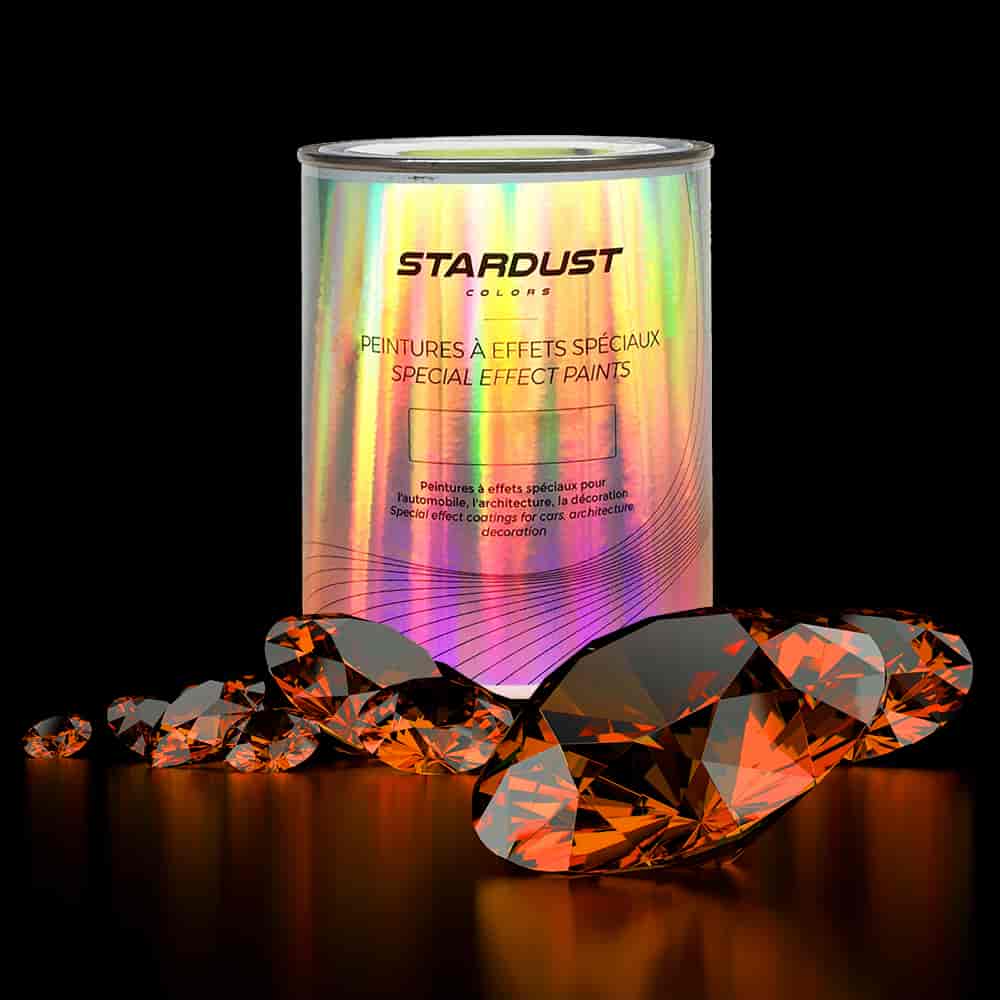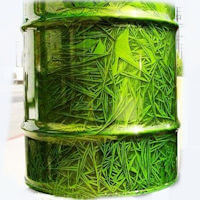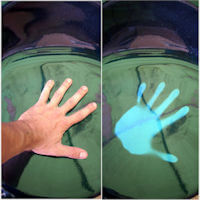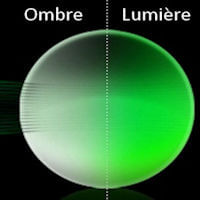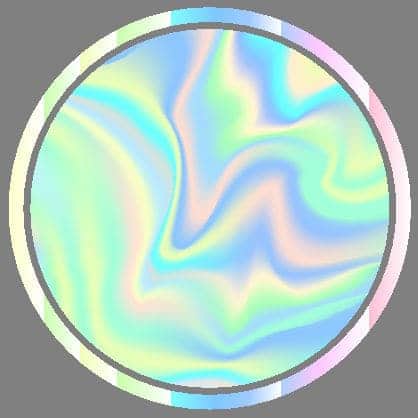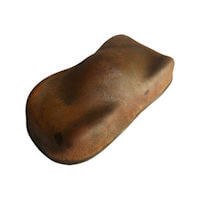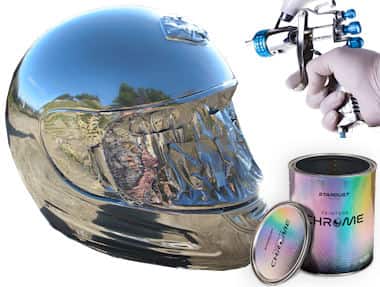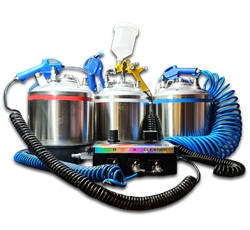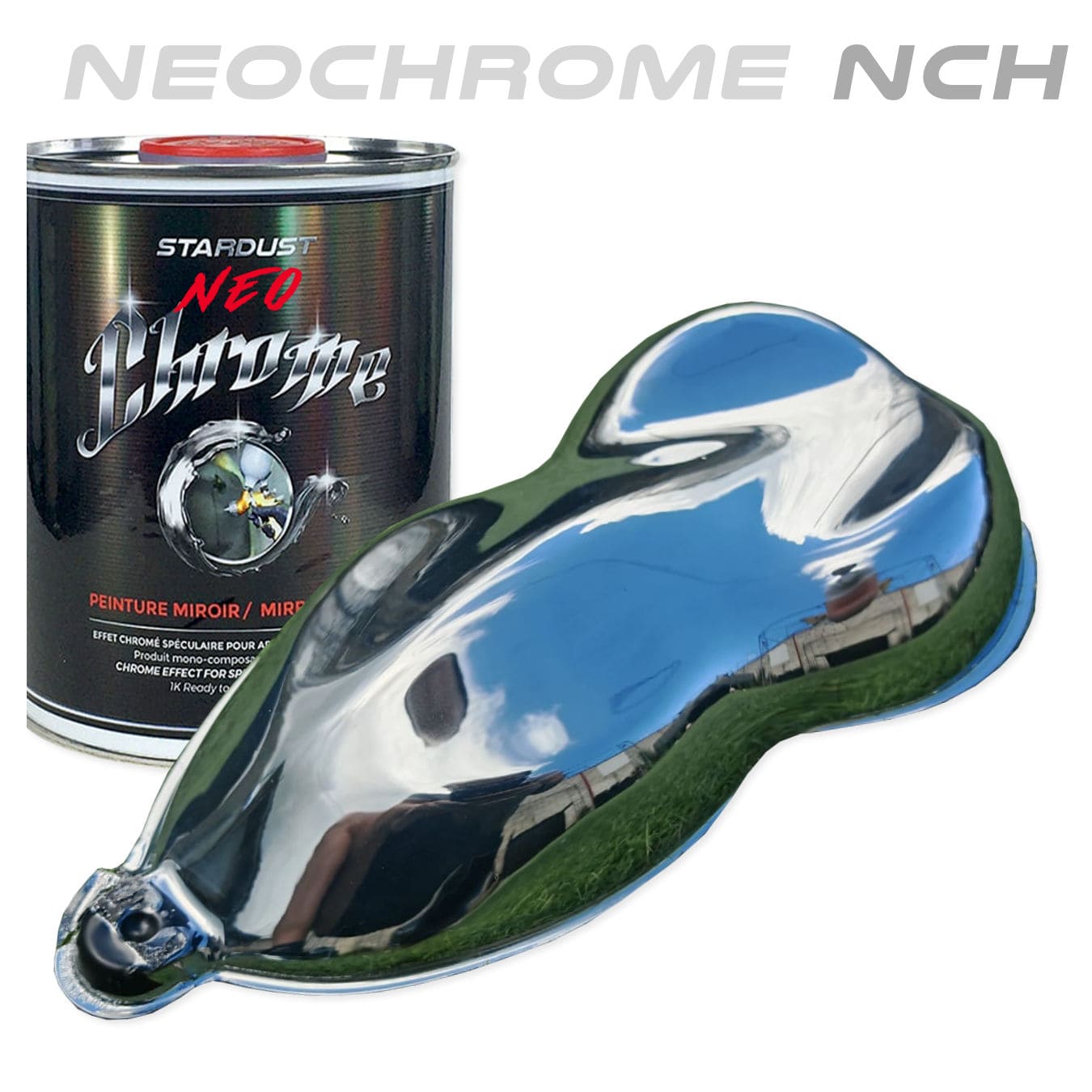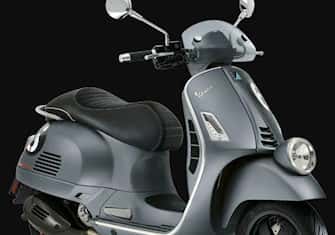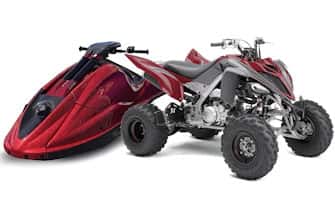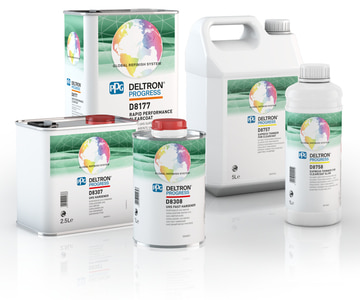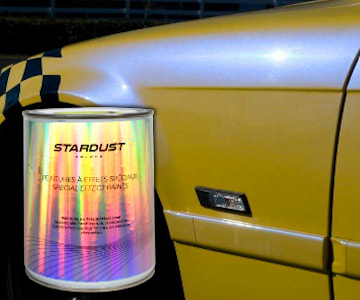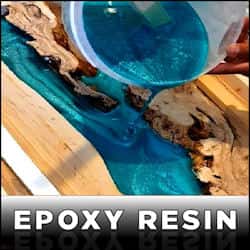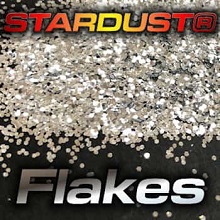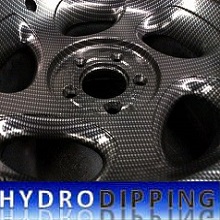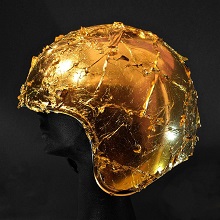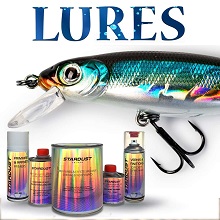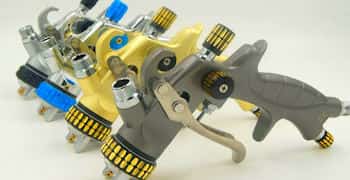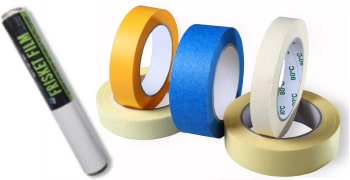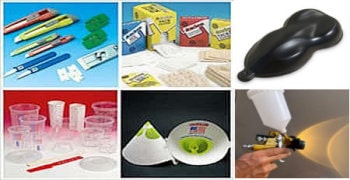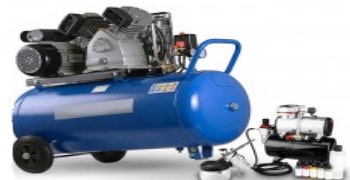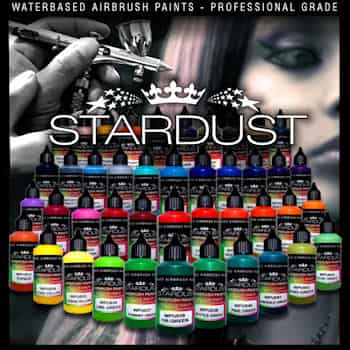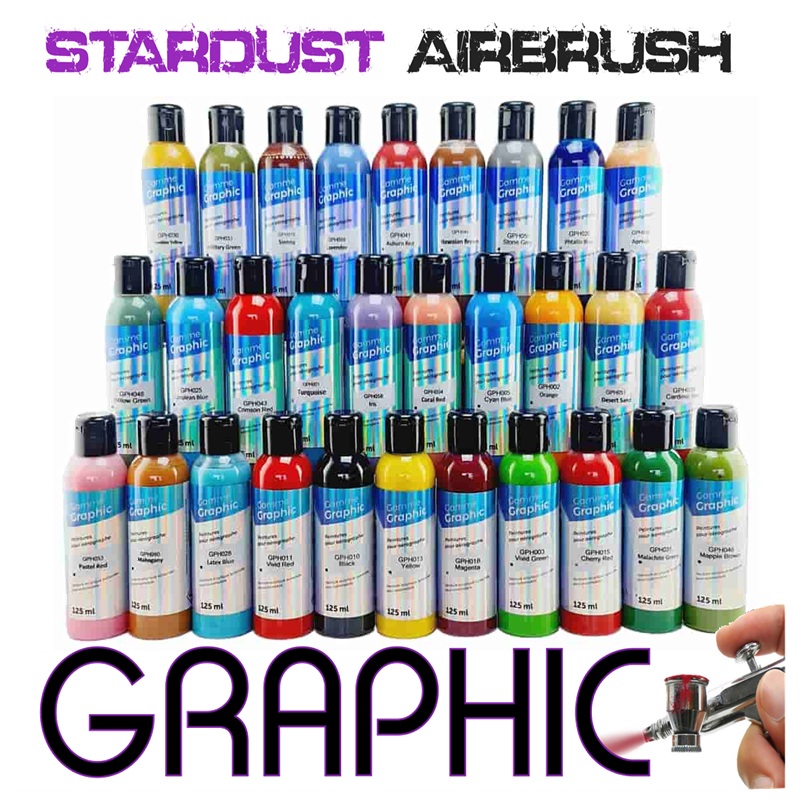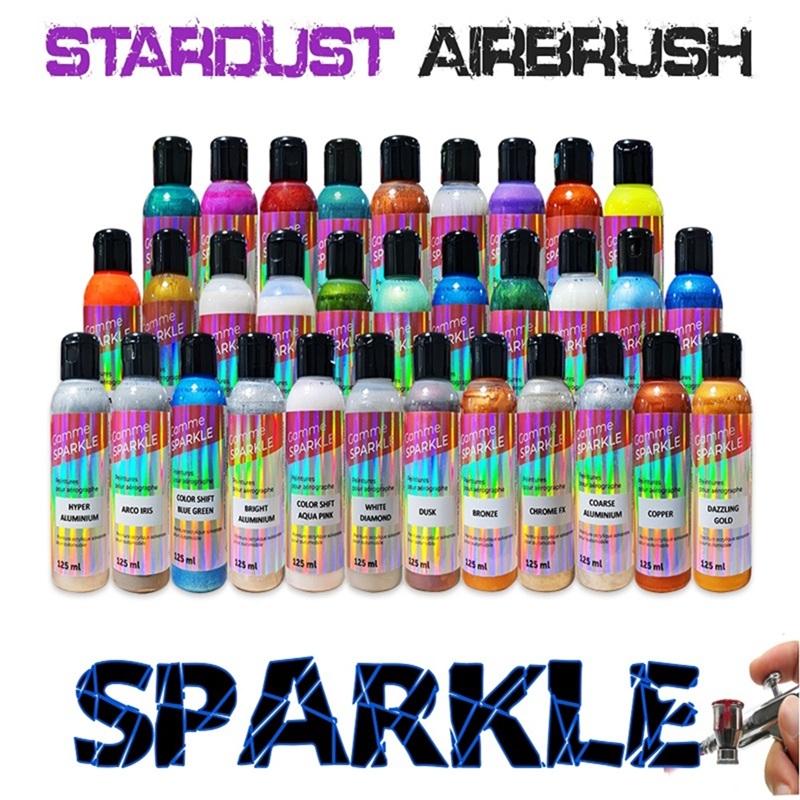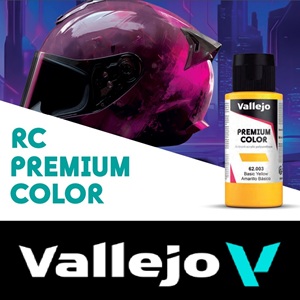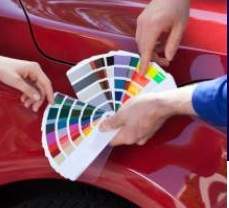In this category, we offer all professional quality bodywork paints made according to the colour codes of other European cars - among them the colour codes of Lada cars - with 1K basecoat versions to be clearcoated or polyurethane 2K paints. We also offer a complete kit including the basecoat and the Topcoat (bodywork clearcoat).
To order paint according to your Lada colour code, the process is extremely simple and fast: first, determine whether your paint is a basic opaque colour, or a more modern pearlescent or metallic shade.
If your Lada colour is pearlescent or metallic, then you need to go to the Two-coat paint / 1K basecoat product page. If your paint is a simple opaque colour, you may choose either a 1K basecoat or a 2K paint.
Then simply choose the packaging you require. We strongly encourage you to read the full content of the product page, as it contains essential instructions on surface preparation, mixing ratios, and application techniques for a successful result.
You will need approximately 1L of ready-to-use paint for 6 m² in two coats.
The paints are sold either pre-diluted for smaller 1K basecoat formats, or pure, with thinner supplied separately. As for 2K paints, they are supplied with the appropriate hardener and thinner.
LADA car colour codes
Let's briefly summarise the two main types of automotive paint systems used in professional bodyshops. This will help you understand which product to choose, with its pros and cons.
Nowadays, most automotive paints are of the two-coat system, more commonly called 1K basecoat to be clearcoated. These are single-component paints that do not require a hardener and air-dry. They are diluted freely and dry very quickly, forming very thin layers. They are remarkably easy to apply and ideal for achieving metallic or pearlescent finishes. However, they must be clearcoated, as they offer no resistance on their own - this is their only drawback.
The other, older type - now increasingly rare - is 2K polyurethane paint, also referred to in the industry as 2K paint. This is a finishing paint that does not require a Topcoat. It is highly glossy and durable. It is mixed with a hardener and a small amount of thinner, and begins curing within 30 minutes. After 24 hours it is fully hardened.
With this type of paint, no clearcoat is needed. However, metallic or pearlescent colours cannot be formulated as 2K paints. In fact, most Lada manufacturer colour codes date from an era when aluminium and pearlescent pigments were not yet used. So, most Lada colours are 2K paints. You can confirm this with our colour department.
The history of the manufacturer LADA
The "drakkar" brand is manufactured by VAZ, a Russian state-owned company. It appeared in 1970 with the support and partnership of Fiat.
Lada cars were born from the technical collaboration between the Soviet ministry and one of the Fiat founders. They became extremely well known across Russia and the post-Soviet bloc. The first models left the assembly lines in 1970.
These were sturdy steel vehicles, designed to resist both the harsh Russian winters and rugged roads. Lada gained great popularity throughout Europe, Canada, South America and Africa - particularly with the legendary Lada NIVA, a 4x4 vehicle equipped with three gear sticks: standard, 4x4 and differential.
Lada's reputation spread across continents for producing simple, economical, reliable and rugged vehicles. In fact, Lada is one of the largest car manufacturers in terms of total production.
In January 2021, Lada was integrated into the Renault-Dacia Group, but returned under full Russian government control in 2022.
Where to find the colour code on your LADA car ?
For LADA vehicles, the VIN plate (containing the colour code) can be found in two places:
- Inside the engine bay.
- On the inside of the left rear door (driver's side). The colour code always consists of three digits.
No, the colour code is not listed on the vehicle registration document, and the colour name is not written on the bodywork. Various numbers may appear in different places, which can be confusing. But remember : on Lada vehicles, the colour code always consists of three digits.
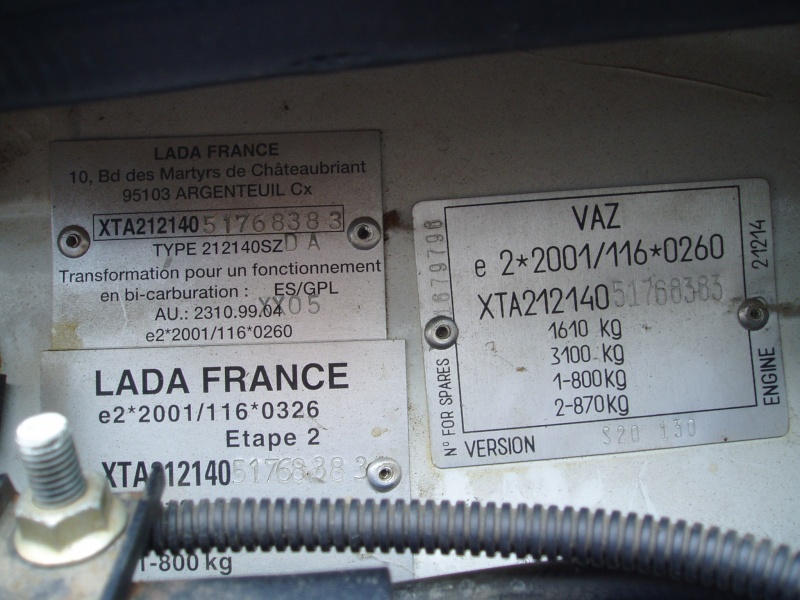
Some examples are given below.
The iconic colors of LADA cars
Perhaps the most iconic colour is snow white, used on millions of LADA vehicles. Yet, the Russian brand's colour database is surprisingly extensive, with around 80 colour codes spanning from the 1970s to the modern era under Renault.
As with other manufacturers, the colour code generally consists of two or three digits, followed by the colour name (usually in English or German), and the year of introduction.
Here are a few examples:
165 - KORALLROT - LADA - 1978-2008
169 MISTY MORNING - LADA - 2006-2008
17 GRUEN - LADA - 1975-1976
170 TORNADO - LADA - 1999-2000
Mini car colour code
Skoda car colour code
Volvo car colour code
Iveco car colour code
Land Rover car colour code
Car colour code
BM
Jaguar
Lotus
Rover
Rolls Royce
MG
Saab







